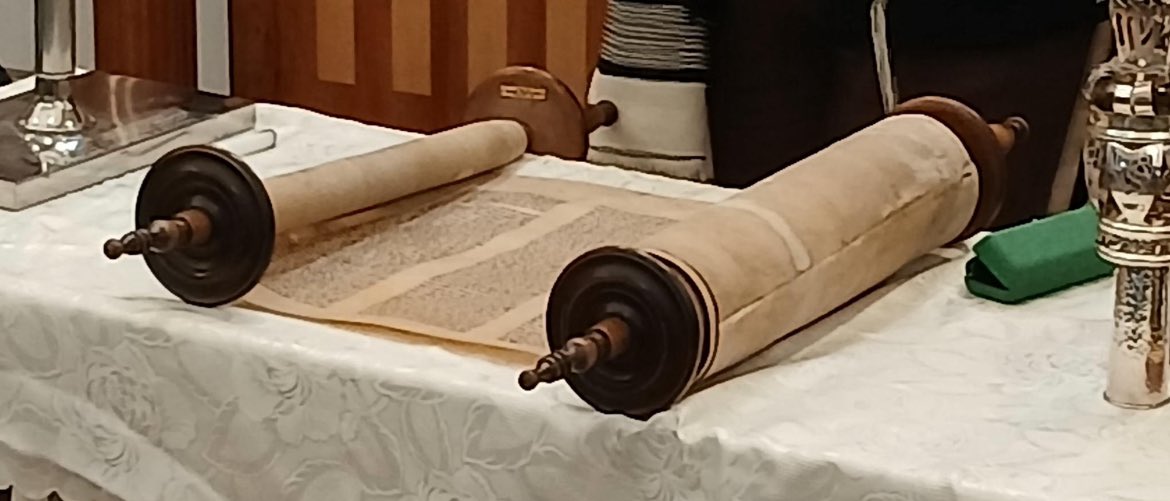Art and Design
“Art washes away from the soul the dust of everyday life.”
Pablo Picasso
Art is a diverse range of human activities in creating visual, auditory or performing artefacts, expressing the author's imaginative, conceptual ideas, or technical skill, intended to be appreciated for their beauty or emotional power.
An artist needs:
- Communication skills
- Imagination
- A critical eye
- Creativity
- Collaboration
To become effective artists, we will teach children about

Intent: Introduction, Vision and Philosophy
We understand that a high–quality art and design curriculum should engage, inspire and challenge pupils. The intent of the art and design curriculum is to develop human creativity by equipping students with the skills to experiment, invent, create and evaluate. To gain knowledge and an understanding of art and design the pupils will learn about art through history and through a range of cultural, enriching experiences.
Implementation: What does Art and Design look like? An overview:
We deliver a curriculum which teaches key knowledge in drawing, painting, collage, textiles, printing and sculpting by using materials and techniques. We also believe that by creating enriching experiences, during lessons and extra-curricular activities, the pupils are able to gain a love of the subject and understand the important links that art has in the world we live in
Helping pupils to create sketchbooks enables them to record their observations and use them to review and revisit ideas improve their mastery of art and design techniques. Key Stage 2 pupils are expected to practice techniques with increasing control and “think critically with developing a more rigorous understanding or art and design” (DfE 2013: 176). Within the sketchbook, pupils will be taught to evaluate and share opinions surrounding other great artists’ work. They will also need to give reasoning for decisions and draw influences from great artists, architects and designers in history.
The increased use of technology should also be considered when teaching art and design. Pupils will also have an understanding of digital art and how digital and physical art are interlinked.
We teach the following units in art and design

Impact: Evidence and assessment
The Art and Design curriculum aims to excite pupils and ignite their enthusiasm in the world around them. Judging the impact of art has always been a topic of debate. A large differentiation in perspective and opinion of artwork makes it difficult to define and therefore, assess pupils’ learning.
Within art education pupils should be encouraged to express difference in opinion which contrasts with fixed assessment criteria. Continuous formative assessment within art is important to view the processes that a child goes through when creating artwork.
The skills and techniques that the pupils learn will impact the learning environments in and around the academy. Pupils will be encouraged to take influences from their surroundings and improve the aesthetics of their local community by exhibiting artwork linked to all areas of the curriculum and beyond.
Subject leaders will conduct learning walks and pupil interviews to measure the impact of our teaching, based on how much children can remember.
Subject leaders will meet with their counterparts from our other cluster schools throughout the year and will moderate the planning, work and monitoring outcomes from their setting to ensure that standards are exceeding the expectations of the National Curriculum.























